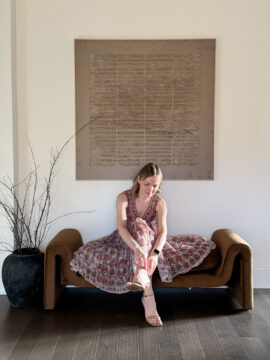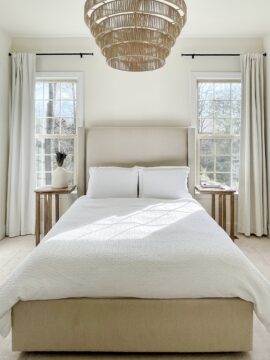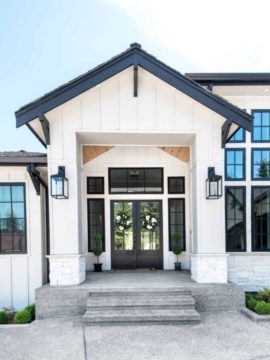Mood Boards Made Easy: Save Time, Money & Design Regrets
I know firsthand that decorating your home can feel overwhelming — like, where do you even start? And what if nothing ends up looking right together? That’s exactly why I swear by mood board planning. It’s my go-to tool whenever I’m starting a new project, whether it’s a full renovation or just freshening up a room. A mood board gives me the clarity and direction I need — and honestly, it’s the confidence boost that keeps me from second-guessing every decision.
In this post, you’ll learn how to decorate your home using a mood board, why it’s one of the most effective home project planning tools, and how to get started with Canva mood board ideas — even if you’re not a designer.
Oh, and don’t miss your exclusive course discount at the end!
Table of Contents

What Is a Mood Board?
A mood board is a visual planning tool that collects images, textures, colors, and inspiration in one place. Think of it as your project’s North Star — guiding every decision you make, from paint color to pillow patterns. Designers swear by them, but anyone decorating a home can use them to:
- Discover their style
- Stay on budget
- Avoid second-guessing
- Save time (and arguments!)
Whether you’re designing a cozy reading nook or planning a whole-home renovation, a mood board makes the process smoother, faster, and way more fun.
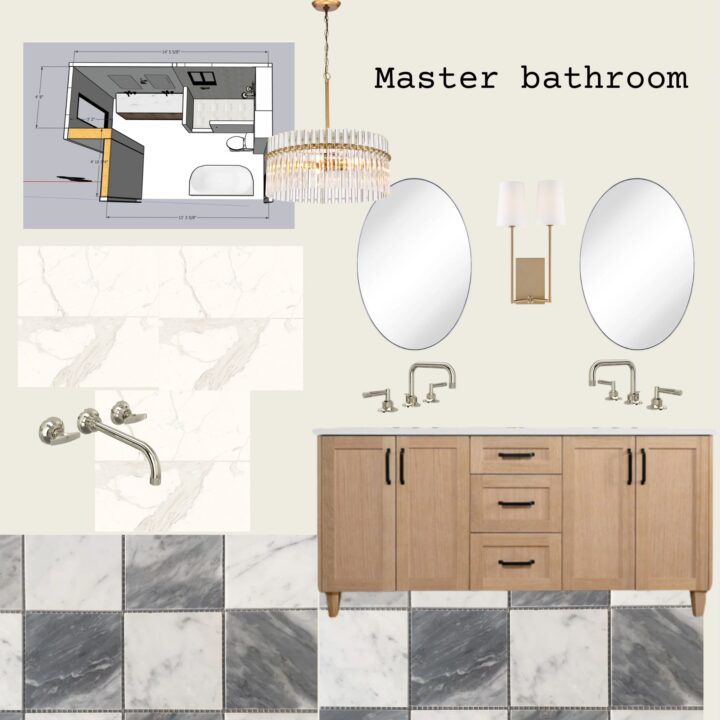
Why Every Home Project Needs a Mood Board
If you’ve ever bought something that “looked great in the store” but clashed at home — you know the pain. Here’s how mood boards help:
1. Clarity = Confidence
Mood board planning allows you to visualize the full design before spending a dime. This prevents costly mistakes and endless returns.
2. Everything Works Together
From the rug to the wall color, you’ll see if it all flows before you commit. It’s the best way to ensure a cohesive look.
3. Save Time & Money
You won’t waste hours browsing aimlessly or guessing what might work. With your visual planning tips laid out, shopping becomes strategic.
4. Get Buy-In (from partners or clients)
Mood boards make it easy to show others your vision. They’re great for collaboration and getting on the same page.
5. Boost Creativity
Using a board helps you think outside the box, mix textures, and explore new interior design ideas you may not have considered.
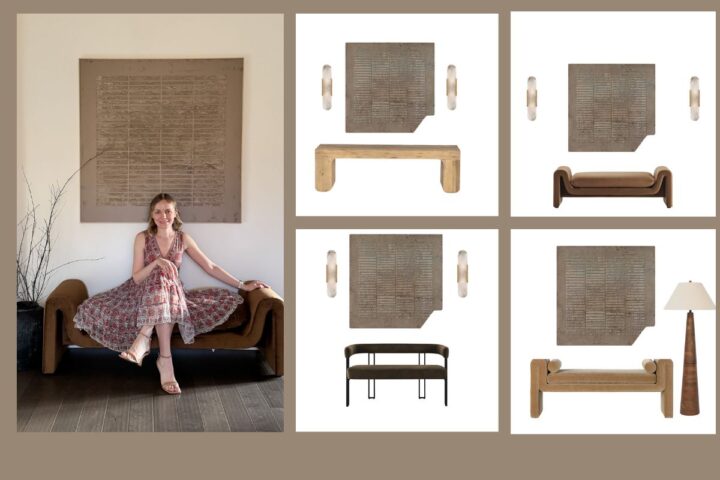
How to Create a Mood Board in Canva
Creating your first board is easy — even if you’re not tech-savvy! Canva makes it click-and-drag simple.
Step 1: Gather Inspiration
Use your favorite brands’ websites to save anything that catches your eye: color palettes, room styles, textures, patterns, furniture.
Step 2: Use a Canva Template
In Canva, you can even create your own custom layout from scratch.
Step 3: Curate & Refine
Stick to a color scheme. Think about mood, function, and style. Remove anything that doesn’t fit the vibe.
Step 4: Add Real Furniture You Plan to Buy
This is a key step in my method — don’t just pin random inspo. Instead, add the actual furniture and decor pieces you’re thinking of buying to your mood board. This helps you see how they’ll work together before you spend a dime.
Step 5: Save & Share
Once your board is ready, save it for reference or share it with your contractor, partner, or even on social to document your progress.

Real Talk: Mood Boards Help You Actually Finish Projects
One of the biggest reasons home projects stall? Decision fatigue. When you plan visually with a mood board, you’re making dozens of decisions up front, and that momentum keeps you moving forward.
No more wondering “does this go with that?” or changing your mind mid-project.
If you want to finally finish your home makeover with confidence, a mood board is where it starts.
Ready to Plan Your Home Like a Designer?
🎓 Want the Full System? My step-by-step course, “Canva Mood Board,” walks you through how to use your mood board to test the actual furniture and decor before you buy
✨ Limited-Time Offer: Get $50 Off Use code 50OFF at checkout to save $50 on the full course! This offer won’t last long.
You don’t need to hire a designer to love your home. You just need the right tools. And it all starts with a mood board.
Discover more from Your Designer BFF
Subscribe to get the latest posts sent to your email.
